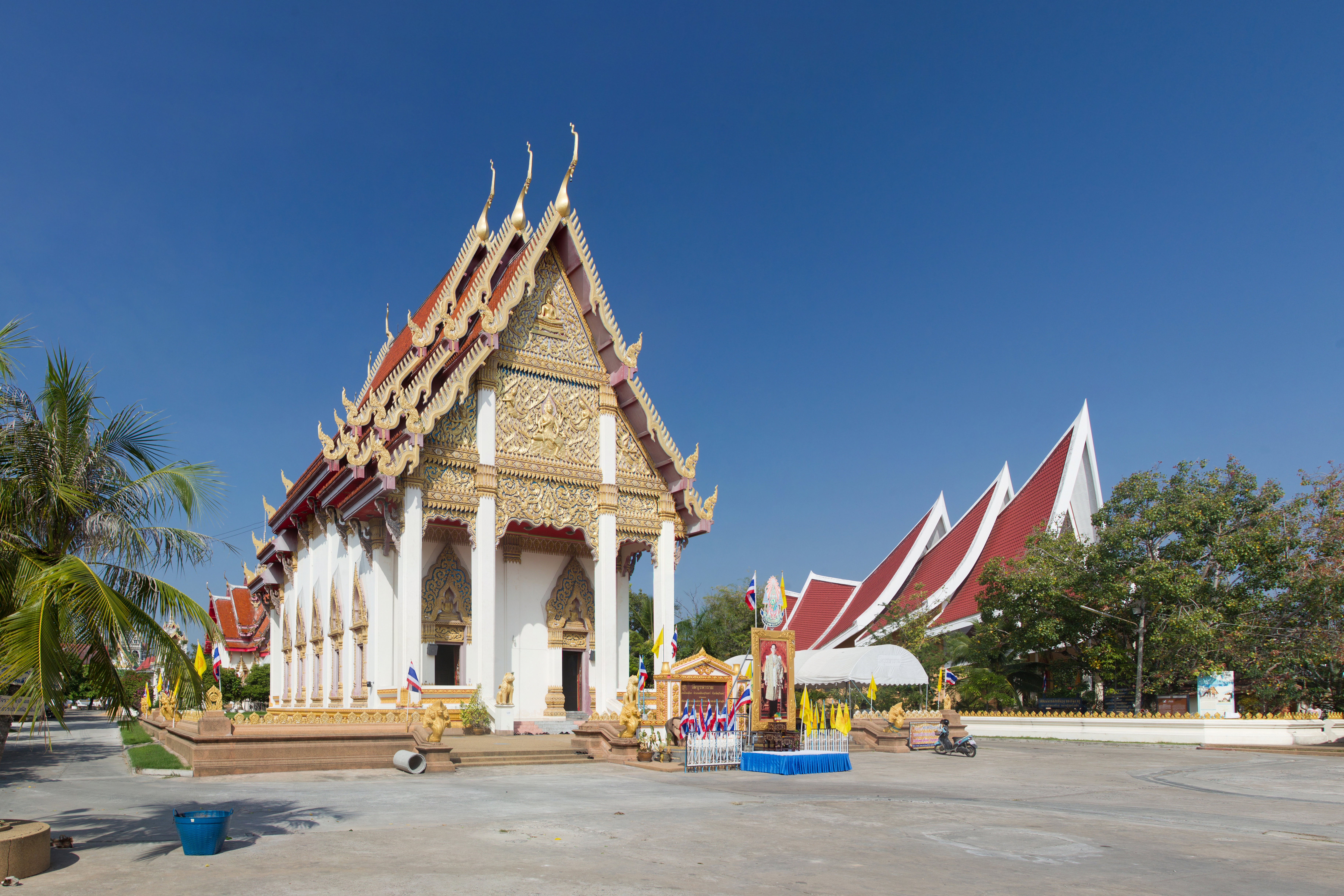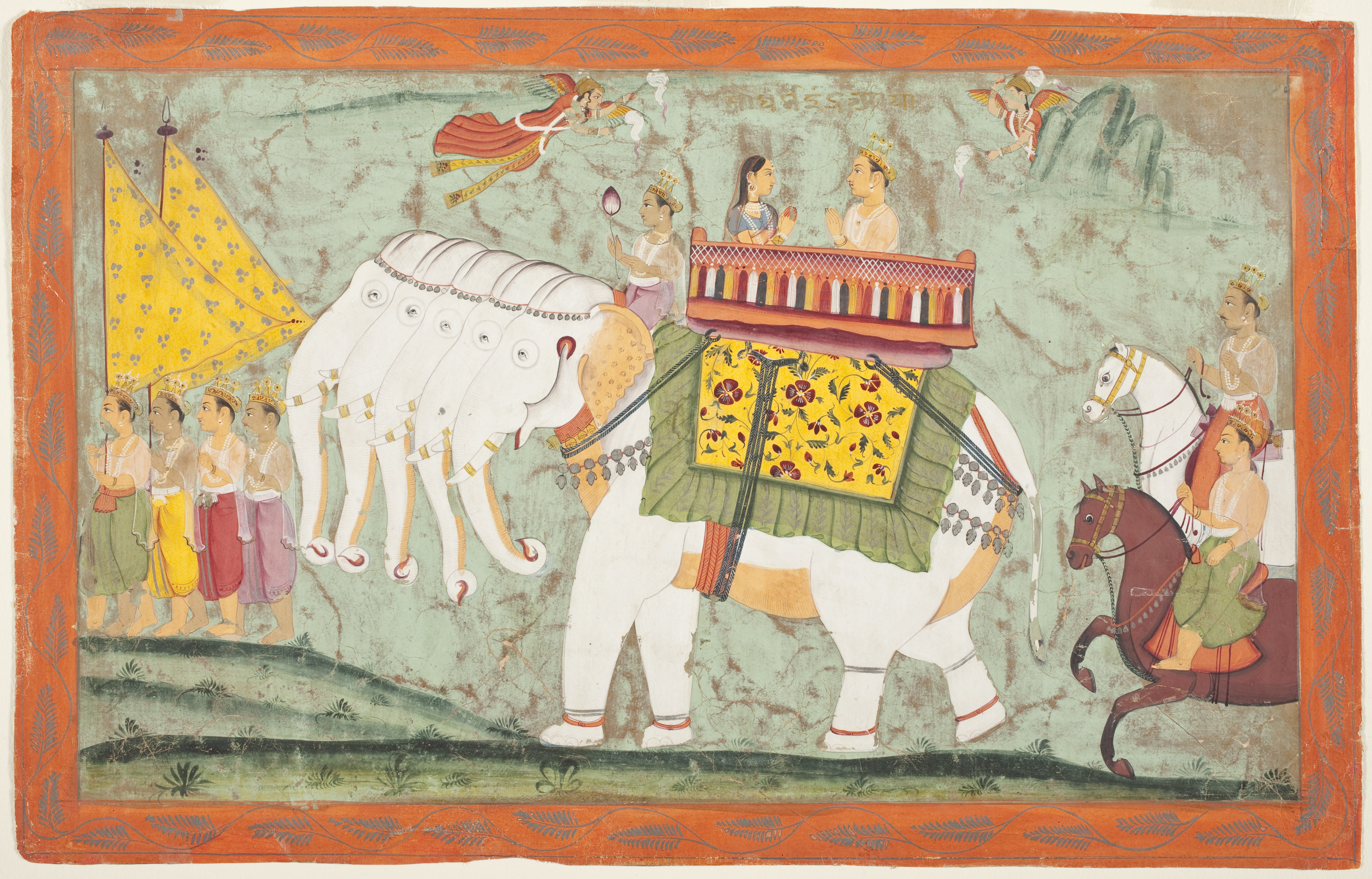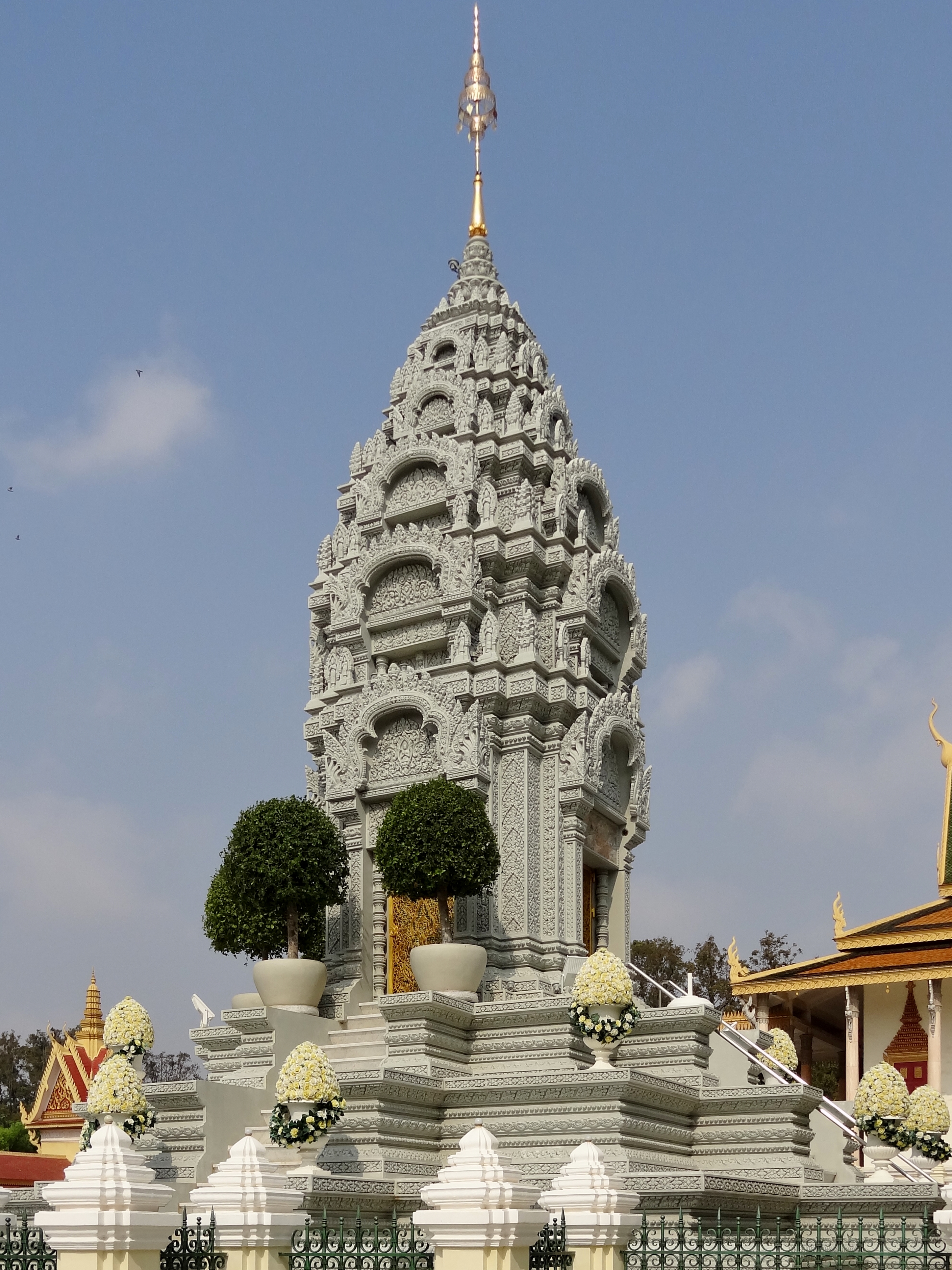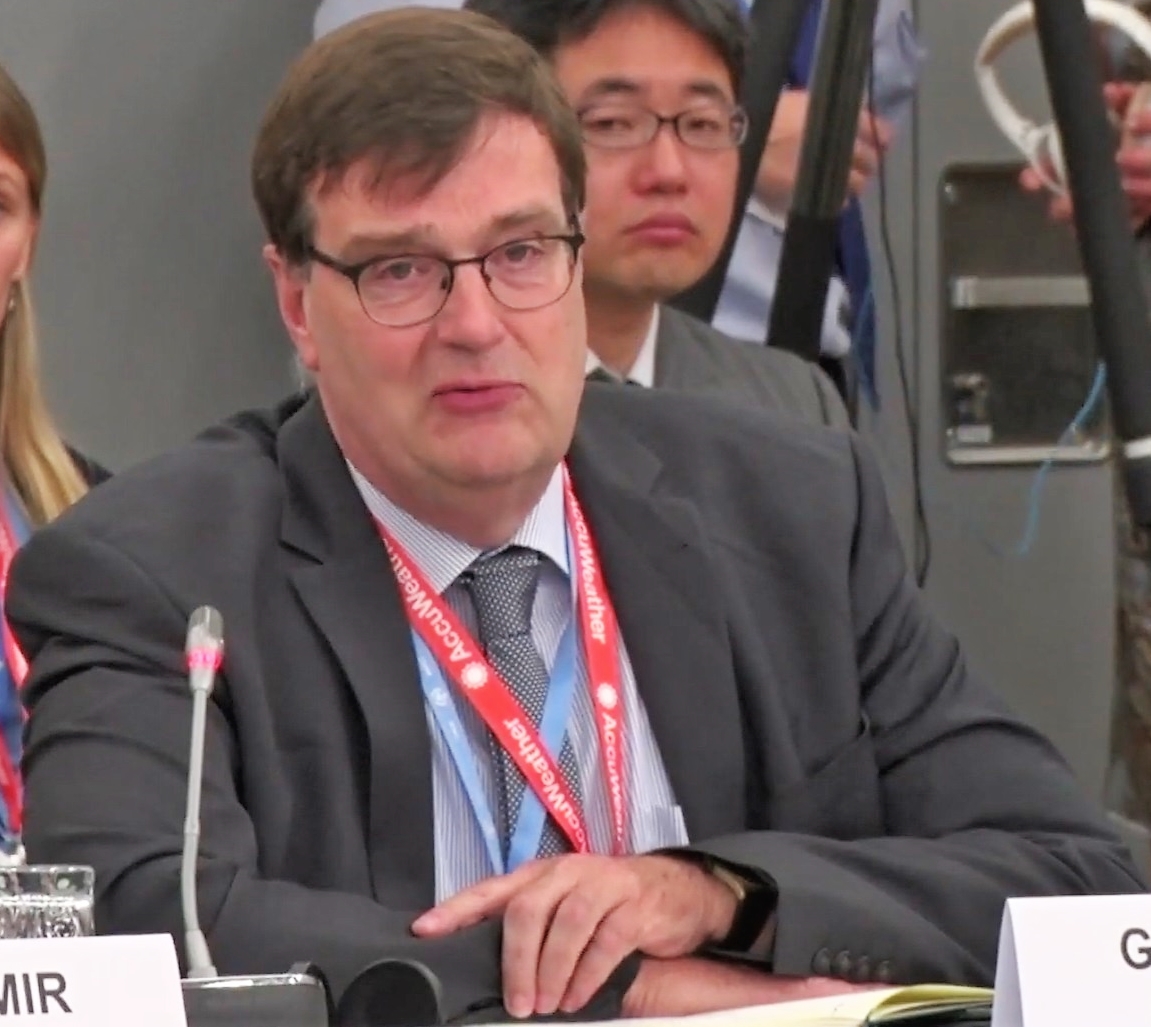|
Surin, Thailand
Surin (, ; , ) is a town in Thailand, capital of Surin province, east-northeast of Bangkok. It is the site of the annual Surin Elephant Round-up. , Surin has an estimated population of 39,179. Etymology The first part of the name ''Sur-'' originates from the Sanskrit word ''Sura'' (Devanagari: सुर) meaning "God" (cf. Asura), and the second part ''-in(thara)'' from Sanskrit is "Indra" (Devanagari: इन्द्र). Hence the name of the province literally means ''Lord Indra''. Geography In the north of the province is the valley of the Mun river, a tributary of the Mekong. To the south of the province is the Dongrek mountain chain, which also forms the boundary to Cambodia. The central and northern parts of the province are undulating flood plains. Climate Surin has a tropical savanna climate (Köppen climate classification Aw). Winters are dry and warm. Temperatures rise until April, with the average daily maximum at . The monsoon season runs from late April through ... [...More Info...] [...Related Items...] OR: [Wikipedia] [Google] [Baidu] |
List Of Municipalities In Thailand
Thailand divides its settlements ('' thesaban'') into three categories by size: city municipalities ('' thesaban nakhon''), towns ('' thesaban mueang'') and townships (or subdistrict municipality) (''thesaban tambon''). There are 33 city municipalities as of November 2024. The national capital Bangkok and the special governed city Pattaya fall outside these divisions. They are "self-governing districts". Due to the outdated nature of the ''thesaban'' system, any city municipality's growth subsequent to its settlement designation is not included in both area and population numbers. For this reason, the Department of Public Works and Town & Country Planning, and each province's Provincial Administrative Organization regularly revise and publish up-to-date city boundaries () to reflect population growth. These revisions are royally decreed and published in the '' Royal Thai Government Gazette''. The term เขตเมือง/''khet mueang'' can also be translated to the term urb ... [...More Info...] [...Related Items...] OR: [Wikipedia] [Google] [Baidu] |
Dângrêk Mountains
The Dângrêk Mountains (; , ; , , ), also the Dângrêk Range, is a mountain range forming a natural border between Cambodia and Thailand. Anlong Veng became the final headquarters of the Khmer Rouge of Democratic Kampuchea and Pol Pot is buried there. Geography Despite the length of the range, the Dângrêk are a relatively low mountain system, the average elevation of the summits being around 500 m. The highest peak is Phu Khi Suk (), an inconspicuous 753 metres at the eastern end, in the Chong Bok (603 m) area, where the borders of Thailand, Laos, and Cambodia intersect. Other summits are Phu Khok Yai (693 m), Phu Chep Thong (692 m), Phu Tangok (689 m), Phalan Sun (670 m), Phanom Ai Nak (638 m), Phanom Thaban (582 m) and 374 m high Khao Banthat (เขาบรรทัด) at the western end. The northern side of the Dângrêk Mountains is gently sloping, while the sides facing south are usually a steep escarpment that dominates the plain of northern Camb ... [...More Info...] [...Related Items...] OR: [Wikipedia] [Google] [Baidu] |
White Elephant (pachyderm)
A white elephant (also albino elephant) is a rare kind of elephant, but not a distinct species. Although often depicted as snow white, their skin is typically a soft reddish-brown, turning a light pink when wet. They have fair eyelashes and toenails. The traditional "white elephant" is commonly misunderstood as being albino, but the Thai term, ''chang samkhan'', translates as 'auspicious elephant', being "white" in terms of an aspect of purity. , Myanmar has ten white elephants. The king of Thailand also keeps a number of white elephants, eleven of which are still alive . Religious significance Hinduism In Hindu ''puranas'', the vehicle or mount of god Indra ( Sakra in the Buddhist pantheon) is the white elephant named Airāvata, which possesses the ability to fly. Airāvata emerged when the universe was created by the churning of the Ocean of Milk by the demons and the gods. Consequently, Airāvata is depicted as a sacred white elephant, typically with four tusks in India ... [...More Info...] [...Related Items...] OR: [Wikipedia] [Google] [Baidu] |
Prasat Sikhoraphum
Prasat Sikhoraphum () is a Khmer temple located in Thailand, located between the cities of Surin and Sisaket. It was built in the 12th century by King Suryavar aras, devatas and dvarapalas. The temple was converted for use by Buddhists Buddhism, also known as Buddhadharma and Dharmavinaya, is an Indian religion and philosophical tradition based on teachings attributed to the Buddha, a wandering teacher who lived in the 6th or 5th century BCE. It is the world's fourth ... in the 16th century. Architectural contributions influenced by Laos are evident on the tower roofs. The name comes from the Sanskrit word of South India ''shikhara'', meaning tower sanctuary. Gallery Prasat Sikhoraphum Detail 1 - Sikhoraphum.jpg Dragons Prasat Sikhoraphum.jpg Prasat Sikhoraphum Detail 2 - Sikhoraphum.jpg Prasat Sikhoraphum-pano-1.jpg References *Michael Freeman, ''A guide to Khmer temples in Thailand & Laos'', Rivers Books, 1996 *Michael Freeman, ''Palaces of the Gods: Khmer ... [...More Info...] [...Related Items...] OR: [Wikipedia] [Google] [Baidu] |
Khmer People
The Khmer people (, Romanization of Khmer#UNGEGN, UNGEGN: , Romanization of Khmer#ALA-LC Romanization Tables, ALA-LC: ) are an Austroasiatic ethnic group native to Cambodia. They comprise over 95% of Cambodia's population of 17 million.https://web.archive.org/web/20191113151101/http://www.nis.gov.kh/nis/Census2019/Provisional%20Population%20Census%202019_English_FINAL.pdf They speak the Khmer language, which is part of the larger Austroasiatic languages, Austroasiatic language family alongside Mon language, Mon and Vietnamese language, Vietnamese. The majority of Khmer people follow Theravada, Theravada Buddhism. Significant populations of Khmers reside in adjacent areas of Thailand (Northern Khmer people, Northern Khmer) and the Mekong Delta region of neighboring Vietnam (Khmer Krom), while there are over one million Khmers in the Khmer diaspora living mainly in France, the United States, and Australia. Distribution The majority of the world's Khmers live in Cambodia, th ... [...More Info...] [...Related Items...] OR: [Wikipedia] [Google] [Baidu] |
Khmer Empire
The Khmer Empire was an empire in Southeast Asia, centered on Hydraulic empire, hydraulic cities in what is now northern Cambodia. Known as Kambuja (; ) by its inhabitants, it grew out of the former civilization of Chenla and lasted from 802 to 1431. Historians call this period of History of Cambodia, Cambodian history the Angkor period, after the empire's most well-known capital, Angkor. The Khmer Empire ruled or vassalised most of Mainland Southeast Asia and stretched as far north as southern China. The beginning of the Khmer Empire is conventionally dated to 802, when Khmer people, Khmer prince Jayavarman II declared himself ''chakravartin'' (, a title equivalent to 'emperor') in the Phnom Kulen mountains. Although the end of the Khmer Empire has traditionally been marked with the fall of Angkor to the Siamese Ayutthaya Kingdom in 1431, the reasons for the empire's collapse are still debated amongst scholars. Researchers have determined that a period of strong monsoon rains ... [...More Info...] [...Related Items...] OR: [Wikipedia] [Google] [Baidu] |
Dvaravati
Dvaravati () was a medieval Mon political principality from the 6th century to the 11th century, located in the region now known as central Thailand, and was speculated to be a succeeding state of Lang-chia or Lang-ya-hsiu (). It was described by Chinese pilgrims in the middle of the 7th century as a Buddhist kingdom named ''To-lo-po-ti'' situated to the west of Isanapura (Cambodia), to the east of Sri Ksetra (Burma), and adjoined Pan Pan in the South. Its northern border met ''Jiā Luó Shě Fú'' (), which was speculated to be either ''Kalasapura'', situated along the coast of the Bay of Bengal somewhere between Tavoy and Rangoon, or Canasapura in modern northeast Thailand. Dvaravati sent the first embassy to the Chinese court around 605–616, and then in 756. Text: Dvaravati also refers to a culture, an art style, and a disparate conglomeration of principalities of Mon people. The Mon migrants as maritime traders might have brought the Dvaravati Civilization to the ... [...More Info...] [...Related Items...] OR: [Wikipedia] [Google] [Baidu] |
Surin City Pillar Shrine - Surin
Surin may refer to: Places * Surin, Deux-Sèvres, commune in France * Surin, Vienne, commune in France * Surin, Iran (other), places in Iran * Surin province, Thailand ** Surin, Thailand, capital of the Province and district ** Surin Airport, Thailand ** Mueang Surin district, the capital district of Surin Province * Surin Beach, one of the main beaches of Phuket, Thailand * Surin Islands, an archipelago in the Andaman Sea belonging to Thailand People * Jean-Joseph Surin (1600–1665), French Jesuit mystic, preacher, devotional writer and exorcist * Surin Pitsuwan (1949–2017), Thai politician * Bruny Surin (born 1967), Canadian athlete * Igor Surin (born 1974), former Russian professional footballer * Masira Surin (born 1981), Indian field hockey player * Aleksandr Surin, Russian filmmaker, directed the 1999 film ''Flowers from the Victors'' based on '' Three Comrades'' * Surin (Nestorian patriarch), Iranian aristocrat * Yegor Surin (born 2006), Russian ice hock ... [...More Info...] [...Related Items...] OR: [Wikipedia] [Google] [Baidu] |
Wat Burapharam - Surin
A wat (, ; , ; , ; ; , ) is a type of Buddhist and Hindu temple in Cambodia, Laos, East Shan State (Myanmar), Yunnan (China), the Southern Province of Sri Lanka, and Thailand. Etymology The word ''wat'' is borrowed from the Sanskrit ''vāṭa'' (Devanāgarī: वाट), meaning "enclosure". The term has varying meanings in each region, sometimes referring to a specific type of government-recognised or large temple, other times referring to any Buddhist or Hindu temple. Overview In Buddhism, a ''wat'' is a Buddhist sacred precinct with vihara, a temple, an edifice housing a large image of Buddha and a facility for lessons. A site without a minimum of three resident ''bhikkhu''s cannot correctly be described as a wat although the term is frequently used more loosely, even for ruins of ancient temples. As a transitive or intransitive verb, ''wat'' means to measure, to take measurements; compare ''templum'', from which ''temple'' derives, having the same root as ''templa ... [...More Info...] [...Related Items...] OR: [Wikipedia] [Google] [Baidu] |
Iron Age
The Iron Age () is the final epoch of the three historical Metal Ages, after the Chalcolithic and Bronze Age. It has also been considered as the final age of the three-age division starting with prehistory (before recorded history) and progressing to protohistory (before written history). In this usage, it is preceded by the Stone Age (subdivided into the Paleolithic, Mesolithic and Neolithic) and Bronze Age. These concepts originated for describing Iron Age Europe and the ancient Near East. In the archaeology of the Americas, a five-period system is conventionally used instead; indigenous cultures there did not develop an iron economy in the pre-Columbian era, though some did work copper and bronze. Indigenous metalworking arrived in Australia with European contact. Although meteoric iron has been used for millennia in many regions, the beginning of the Iron Age is defined locally around the world by archaeological convention when the production of Smelting, smelted iron (espe ... [...More Info...] [...Related Items...] OR: [Wikipedia] [Google] [Baidu] |
Bronze Age
The Bronze Age () was a historical period characterised principally by the use of bronze tools and the development of complex urban societies, as well as the adoption of writing in some areas. The Bronze Age is the middle principal period of the three-age system, following the Stone Age and preceding the Iron Age. Conceived as a global era, the Bronze Age follows the Neolithic, with a transition period between the two known as the Chalcolithic. The final decades of the Bronze Age in the Mediterranean basin are often characterised as a period of widespread societal collapse known as the Late Bronze Age collapse (), although its severity and scope are debated among scholars. An ancient civilisation is deemed to be part of the Bronze Age if it either produced bronze by smelting its own copper and alloying it with tin, arsenic, or other metals, or traded other items for bronze from producing areas elsewhere. Bronze Age cultures were the first to History of writing, develop writin ... [...More Info...] [...Related Items...] OR: [Wikipedia] [Google] [Baidu] |
World Meteorological Organization
The World Meteorological Organization (WMO) is a List of specialized agencies of the United Nations, specialized agency of the United Nations responsible for promoting international cooperation on atmospheric science, climatology, hydrology and geophysics. The WMO originated from the International Meteorological Organization (IMO), a nongovernmental organization founded in 1873 as a forum for exchanging weather data and research. Proposals to reform the status and structure of the IMO culminated in the World Meteorological Convention of 1947, which formally established the World Meteorological Organization. The Convention entered into force on 23 March 1950, and the following year the WMO began operations as an intergovernmental organization within the UN system. The WMO is made up of 193 countries and territories, and facilitates the "free and unrestricted" exchange of data, information, and research between the respective meteorological and hydrological institutions of its m ... [...More Info...] [...Related Items...] OR: [Wikipedia] [Google] [Baidu] |








